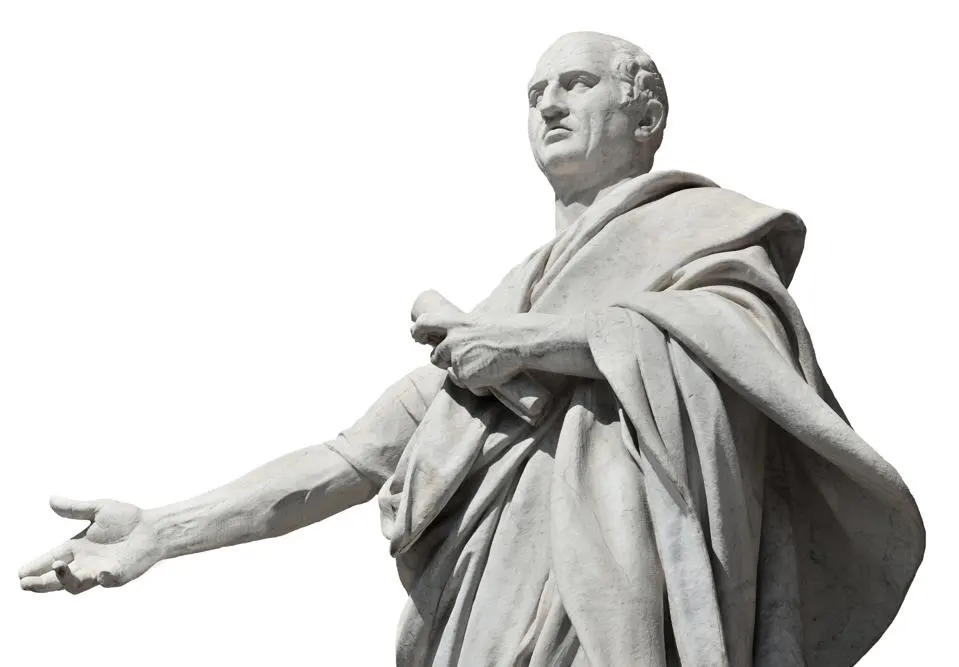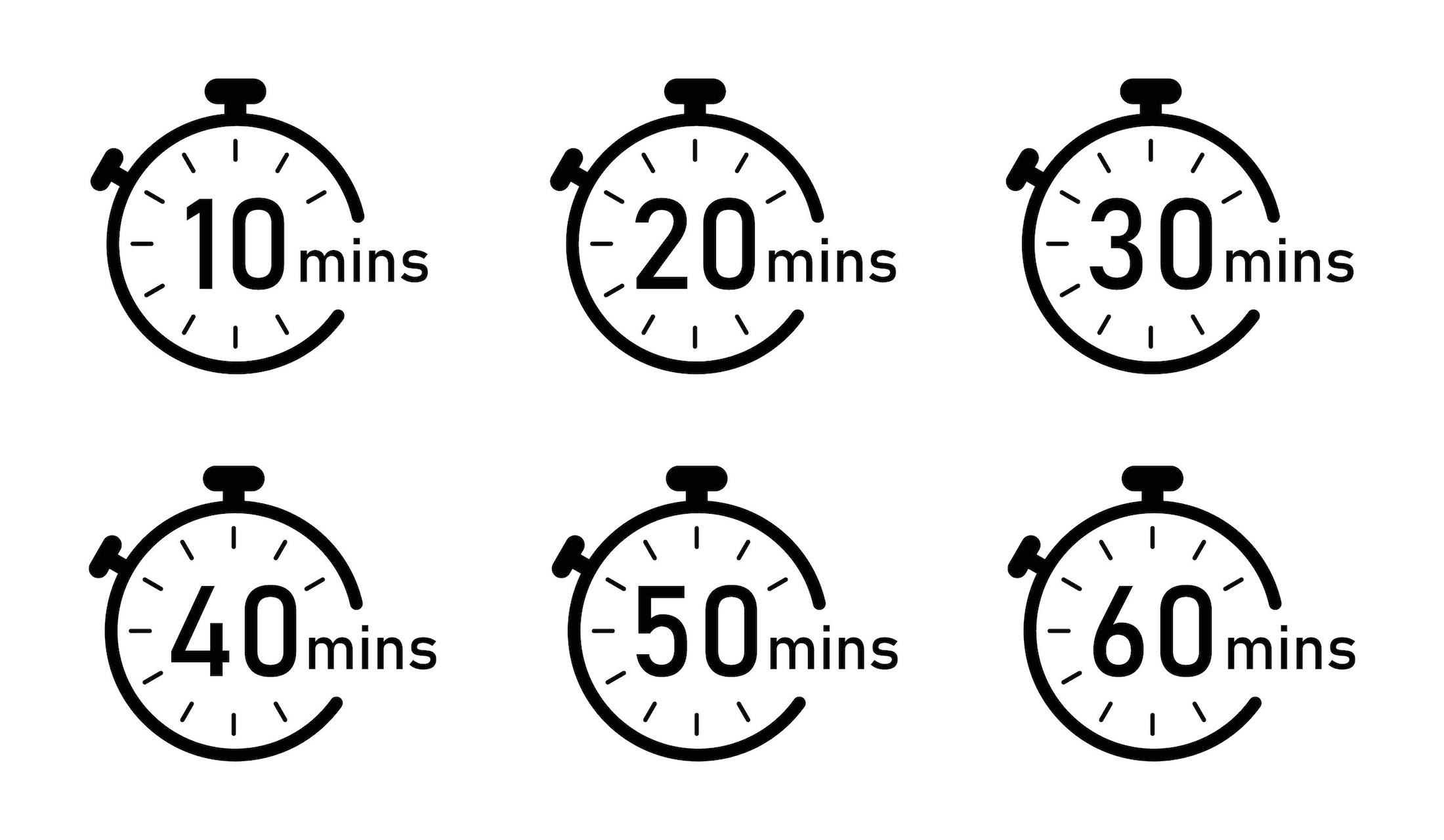Even with interesting content and a memorable speaker, structure is the secret sauce to keeping an audience engaged during a presentation. The world is full of stimuli. Audience members are easily distracted. The switch to remote working during the pandemic made this problem worse. The structure of a presentation provides a roadmap for the audience; it guides their listening.
Taking the audience by the hand sounds like, “Here’s what I’m going to say and how I’m going to say it.” And, at the end, you recap, and tell them what you said. This is how to add in consideration for your audience; it’s a way of making it easy for them to follow, digest, and remember what we say.
Asking for the attention of your audience is no small matter. In Why we Do What We Do, Dr Helena Boschi spends a whole chapter explaining why we find it hard to focus. Game developers and Hollywood writers both know that to keep audiences engaged, they have to give them reasons to do so.
For business leaders, the stakes are the same. And there are rhetorical strategies that can be deployed to keep attention at higher levels and assist with listening.
Here, we look at four ideas that will work whether the presentation is a high-profile strategic refresh or just an update on Zoom. In fact, these techniques are even more valuable for videoconferencing since audiences have become accustomed to appearing as though they’re listening when they’re not.
Map things out
The first technique is called ‘signposting’. Articles posted on social media often have a little sub-heading that might say ‘3 minute read’. It informs the reader of the time investment that may be required, and it’s also useful for those giving a talk or an update because it tells the audience how much attention they will need to pay.
If a speaker starts with “I have three ideas I’d like to run through,” or “I’m only going to speak for 10 minutes, then I’ll take questions,” that sets an expectation level—and you will grant them those three ideas or 10 minutes.
If a speech is like a train ride, this device gives the communicational “passenger” confidence that they are on the right train, making the expected progress. It’s good practice to keep this guidance going through the communication, reminding the audience of their progress throughout the journey: “OK, so that covers the first point, our update on strategy. Point two is about bonuses.” This should sound natural and conversational however, to give the idea that the content is being divided into smaller, more digestible bites with which the audience can partition off and progress.
In the case of this article, I’d signpost by saying “that’s the first device covered. The second is a technique called ‘flagging’.” It can help structure information design in a communication, and it almost strong-arms the audience into listening by creating a “flag” that something important is coming up.
Flag the high points
Last week, I was listening to a news program on the radio, and I heard a guest wrap up his contribution with “… and that’s the critical thing here, what we all must be wary of.” Attention, in my case, had been wavering. But the guest on the show failed to deploy the ‘flag’ in the right way and it left me wondering what important idea I had missed. The flag only works if it is delivered as a set-up—before you deliver that killer idea. It looks like this: “If you take one idea away from what I’m saying today…” or “the thing that really surprised me was…” or “the most interesting fact I’ve heard in this argument is…”. It tees up what comes next: the stronger the flag — and its delivery — the more the audience will be waiting for what comes next.
We often tell speakers to use rhetorical, or indeed real, questions as a structural device because they do two things. First, they challenge the audience to come up with an answer. People consider themselves to be problem-solvers, so when asked a question, most individuals will try and solve it — full engagement achieved. The secondary benefit is that it gives the speaker a break. It changes the nature of the communication when they say, “OK, all good, but how will it work in practice?”. It divides up content, allowing a kind of gentle re-boot to a new subject, like a narrative breather.
Wrap your ideas ‘to go’
The final idea is to summarize. Again, this has a double function. First, it delivers a strong ending (as opposed to ‘uh, yeah, that’s kind of it… questions?’). Second, especially if there has been a Q&A after the main body of the communication, then it re-visits the core ideas and gives the audience a clear takeaway, the right ideas reverberating in their head as they use their attention for one last thing: their end-focus on what you have said.
The good news about these rhetorical devices is that they can be added in to any communication once you’ve decided the content. They all can be added as a kind of overlay that will make it easier for the communicator to partition their content, and keep audiences from switching their focus to something else.





